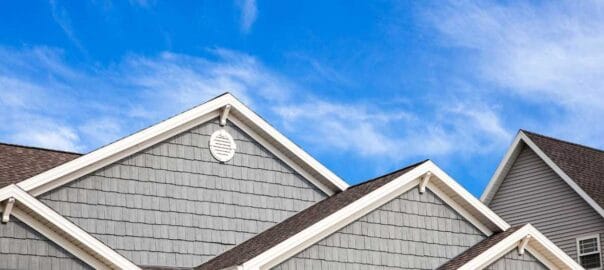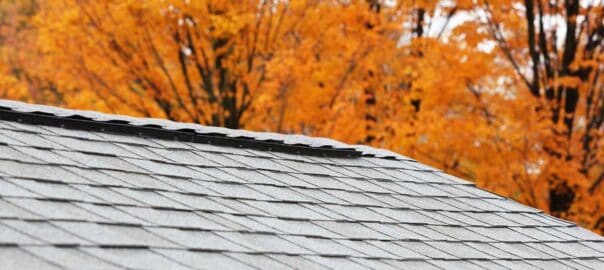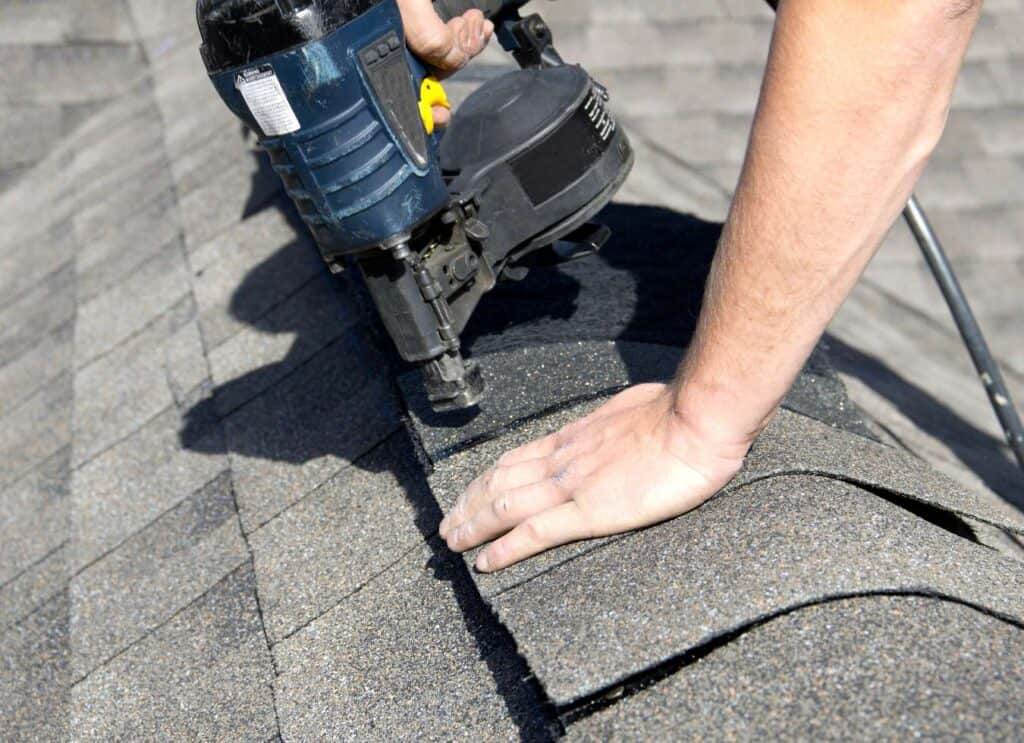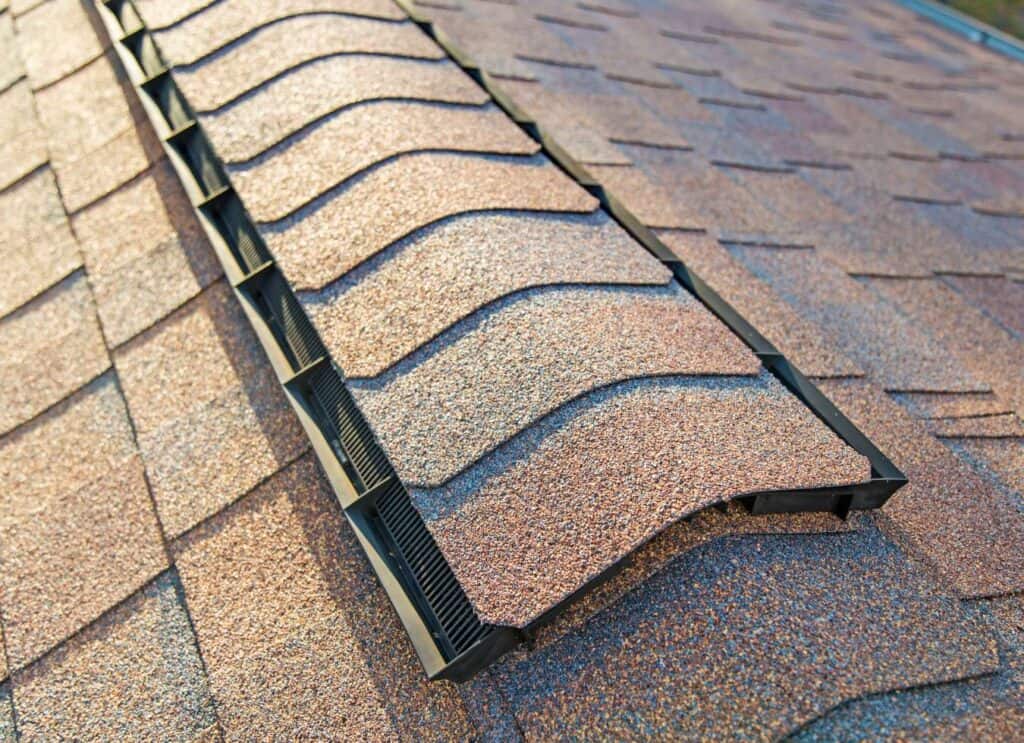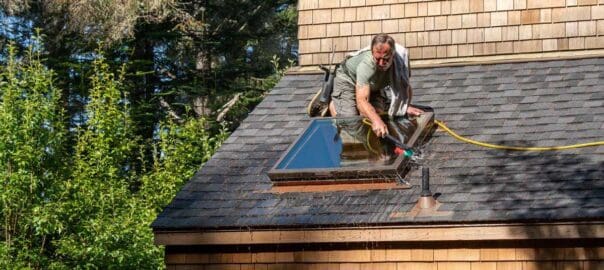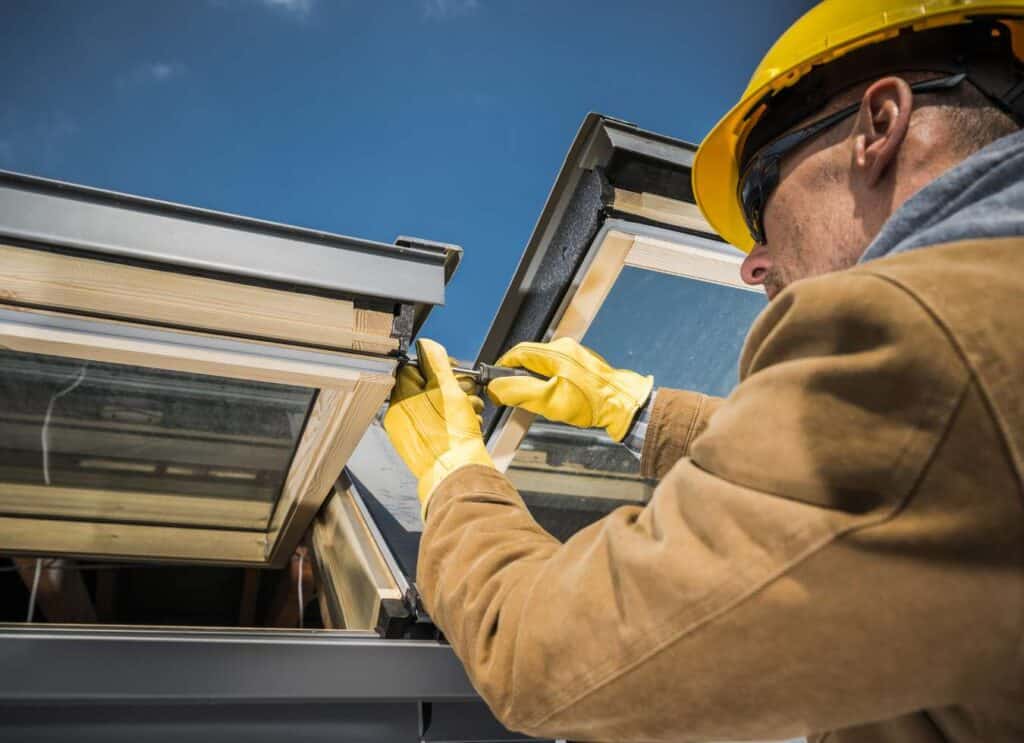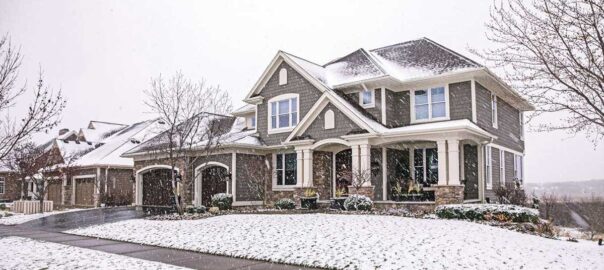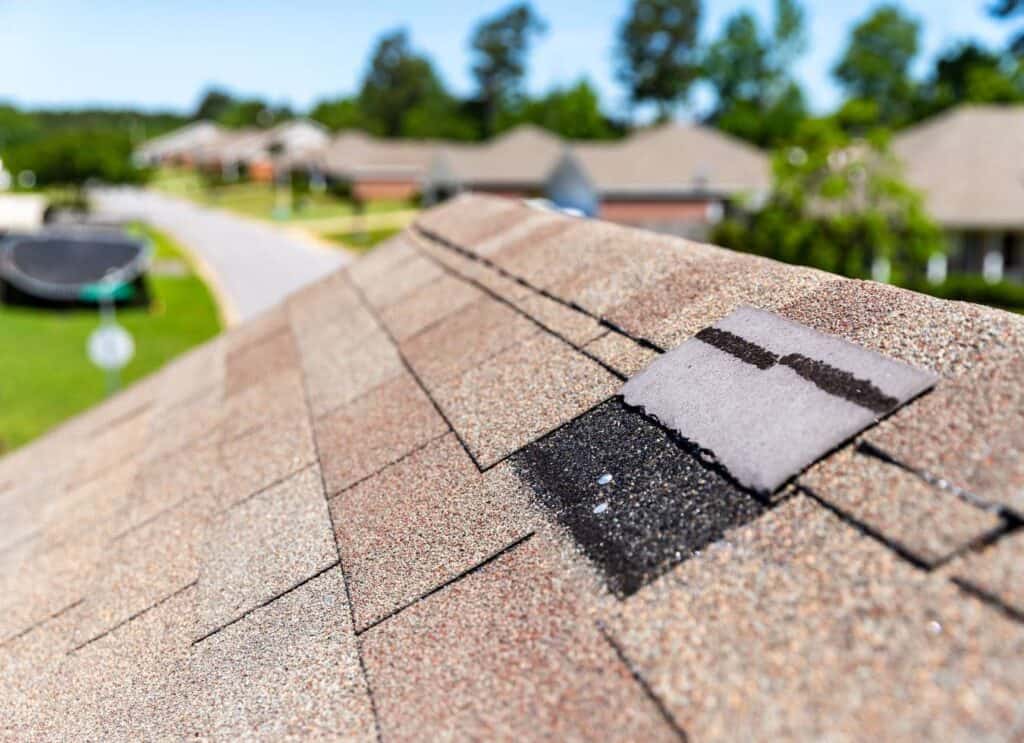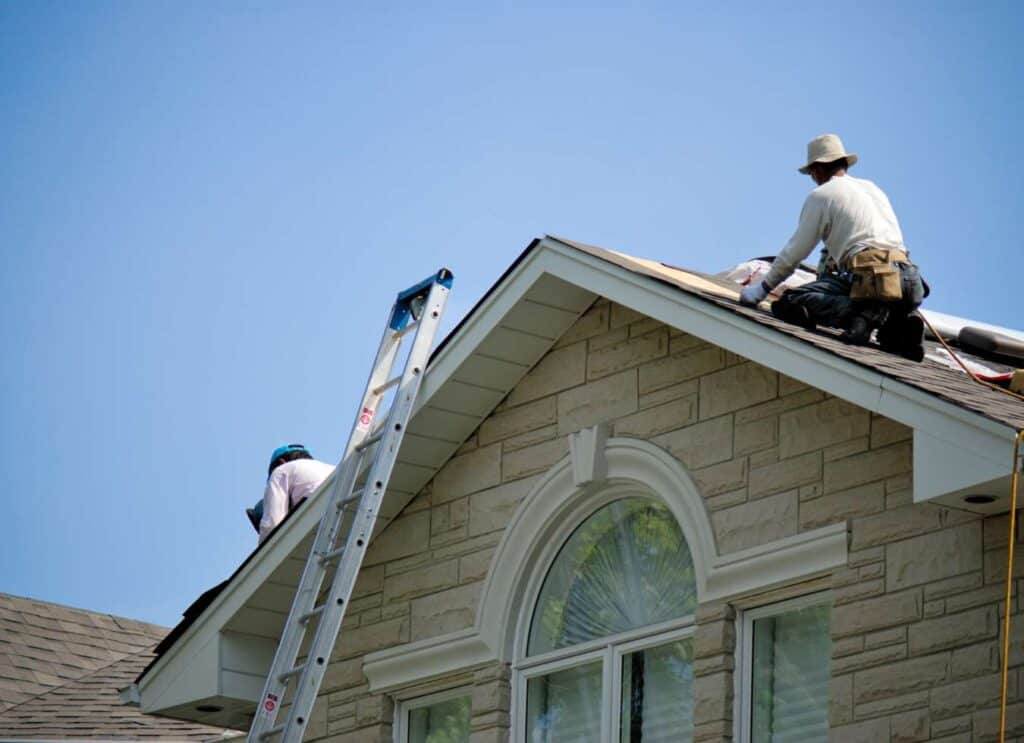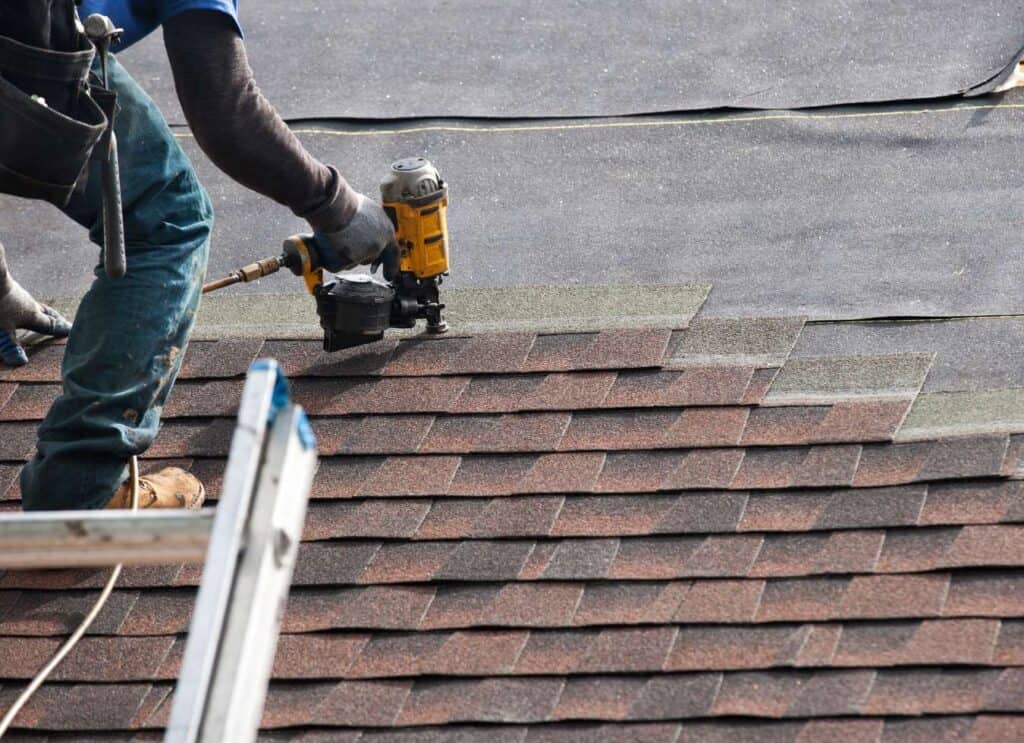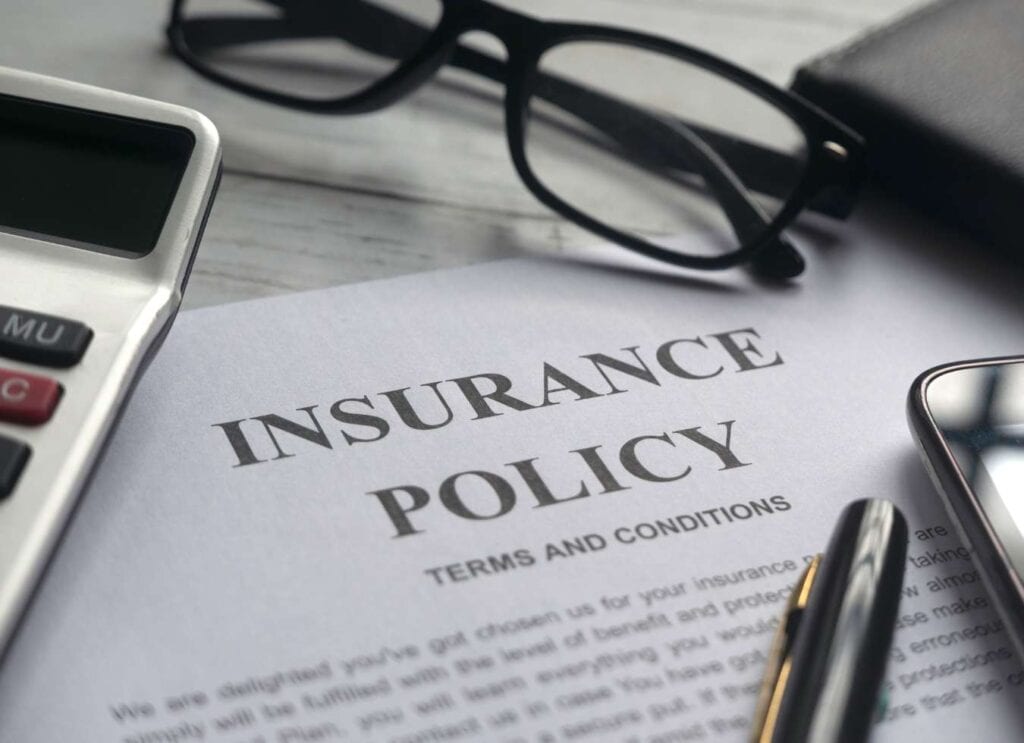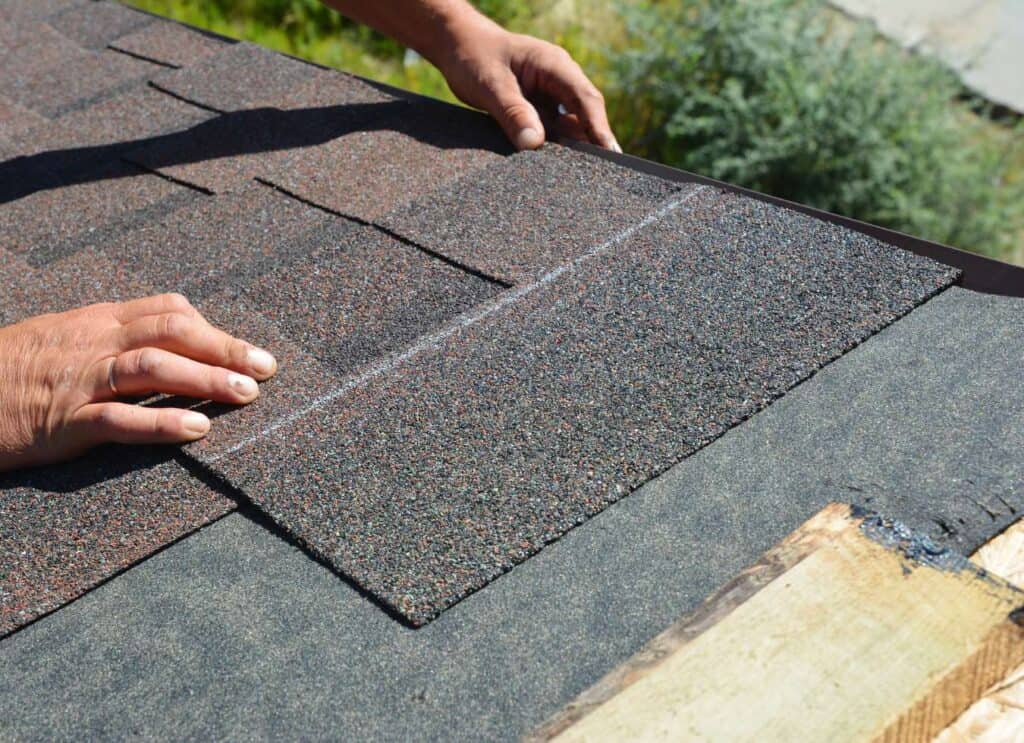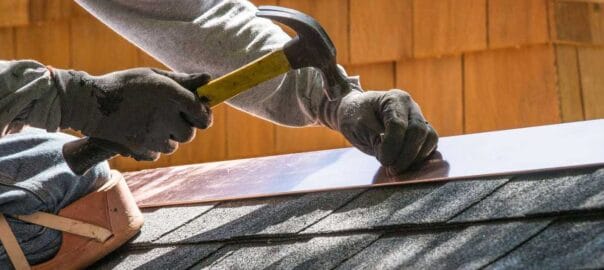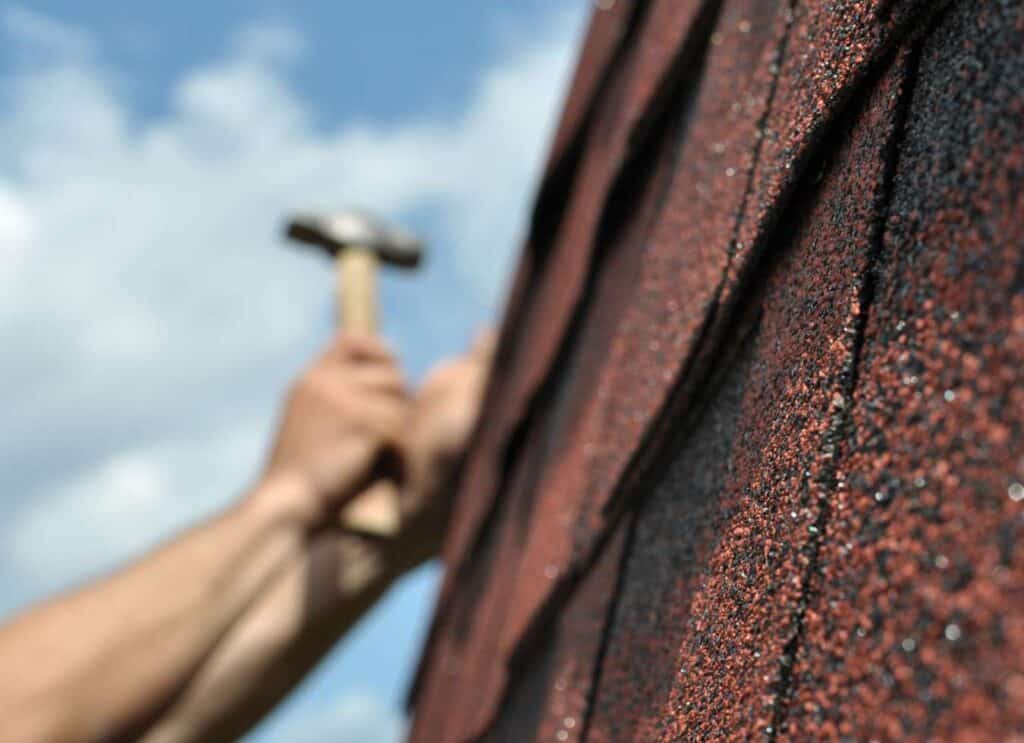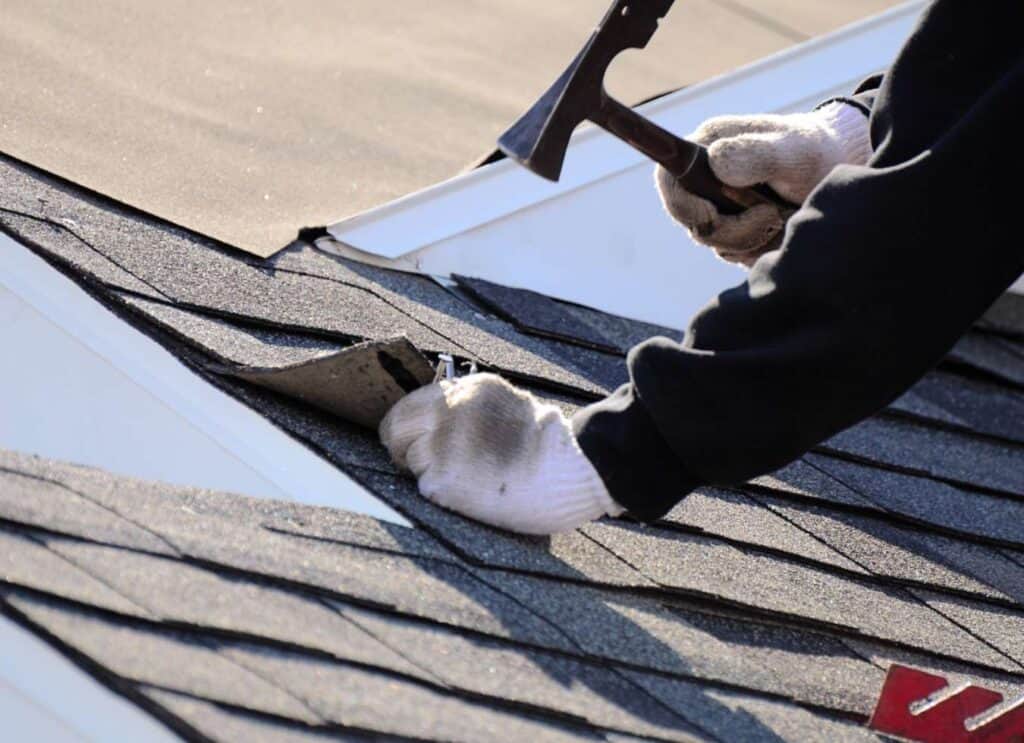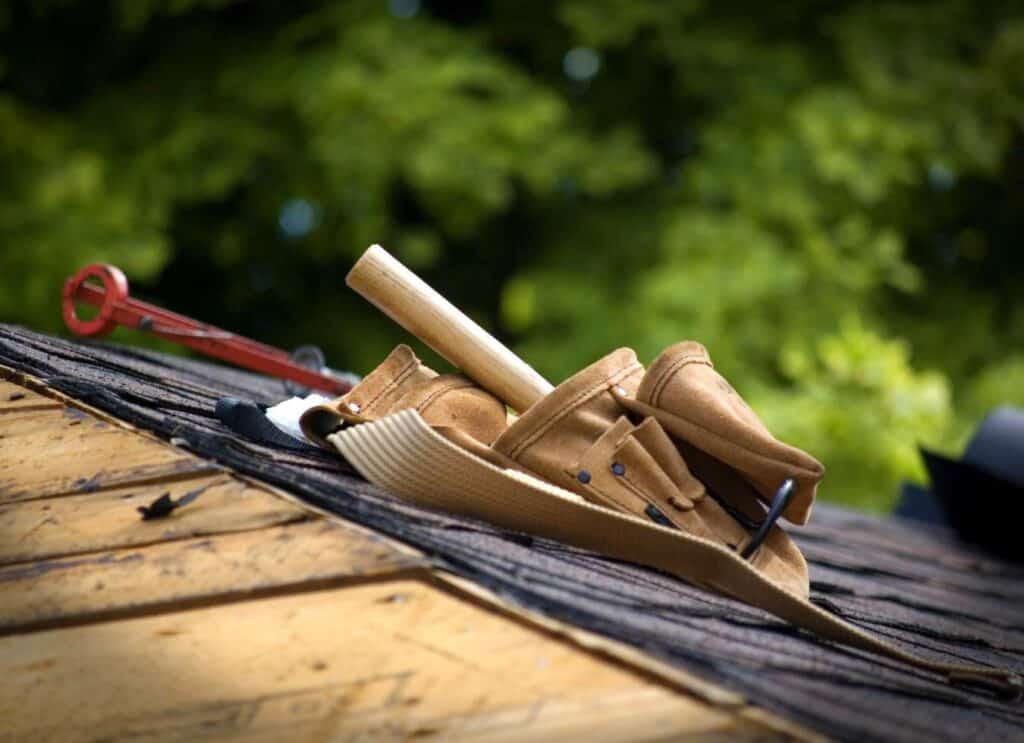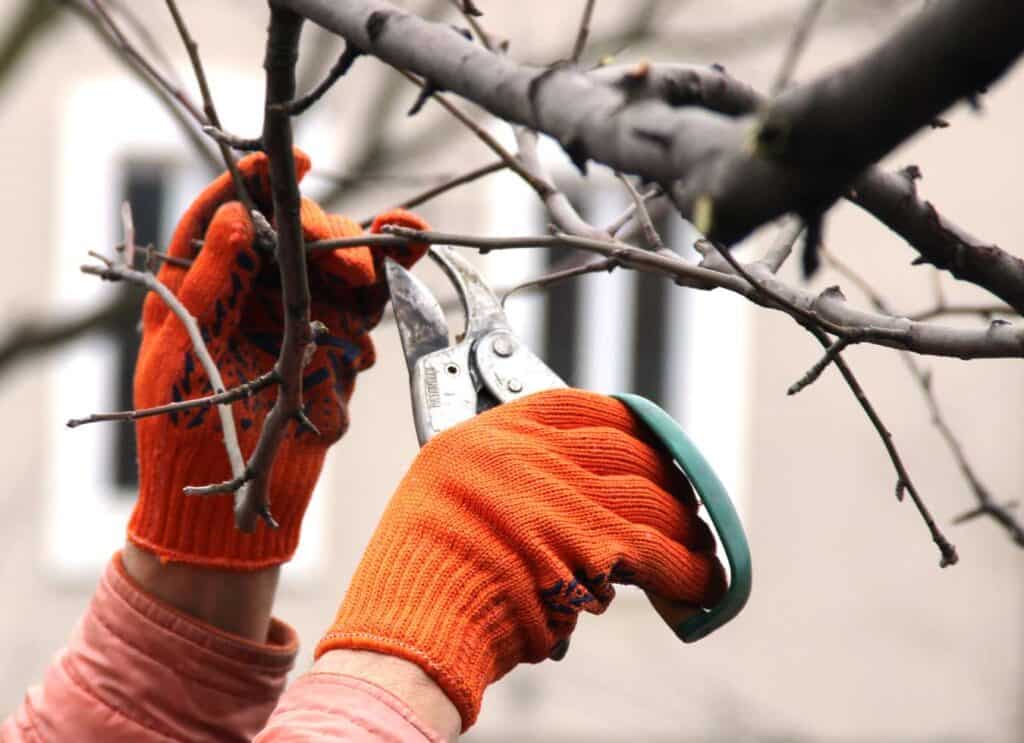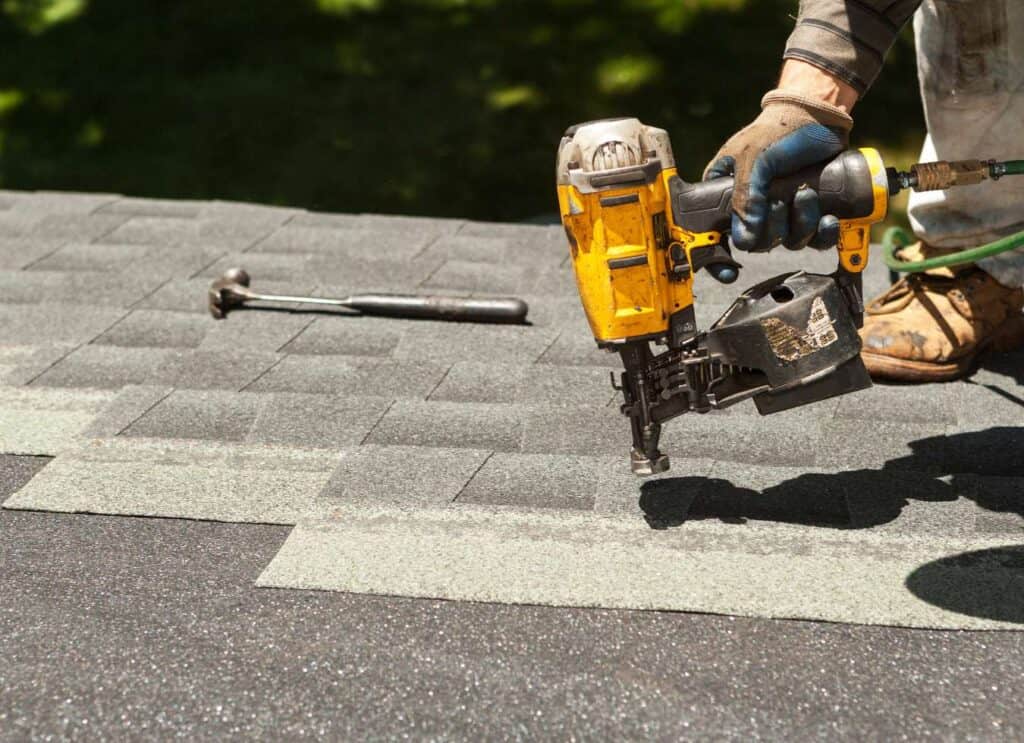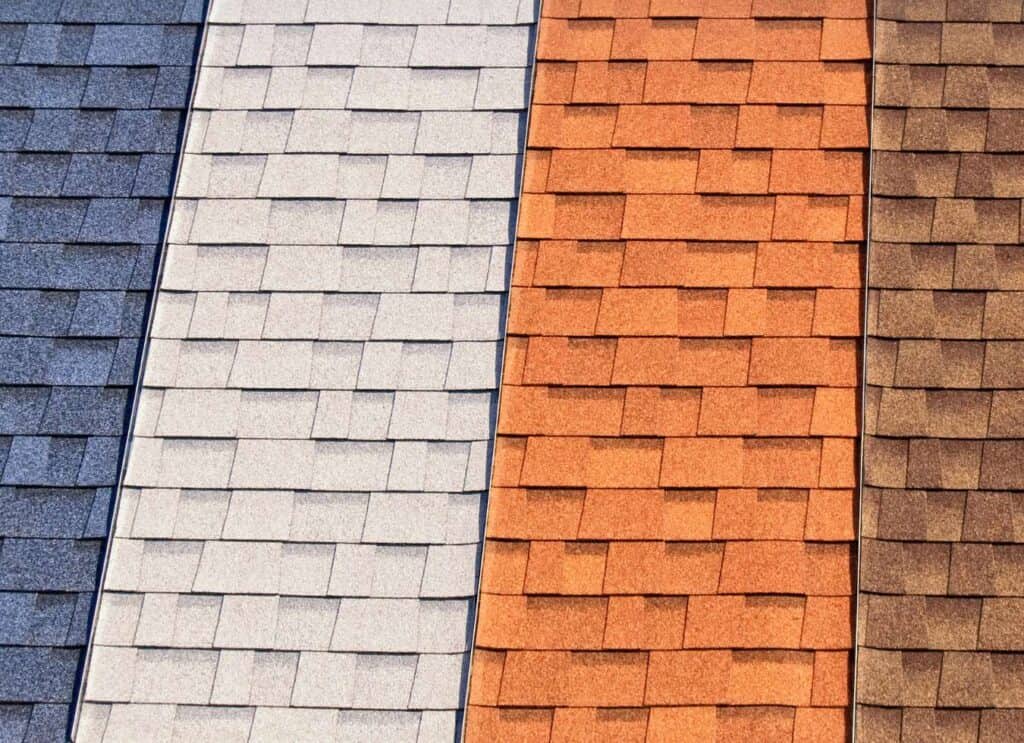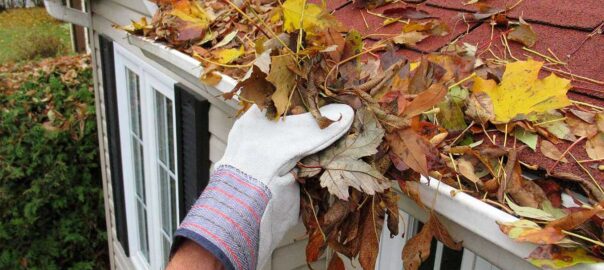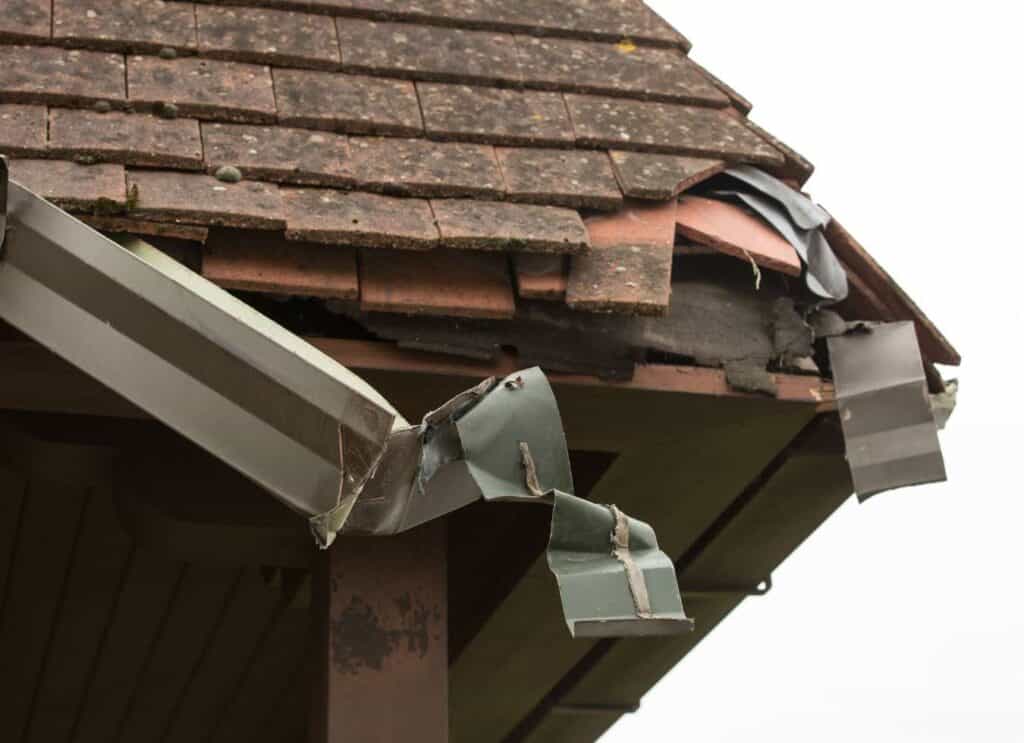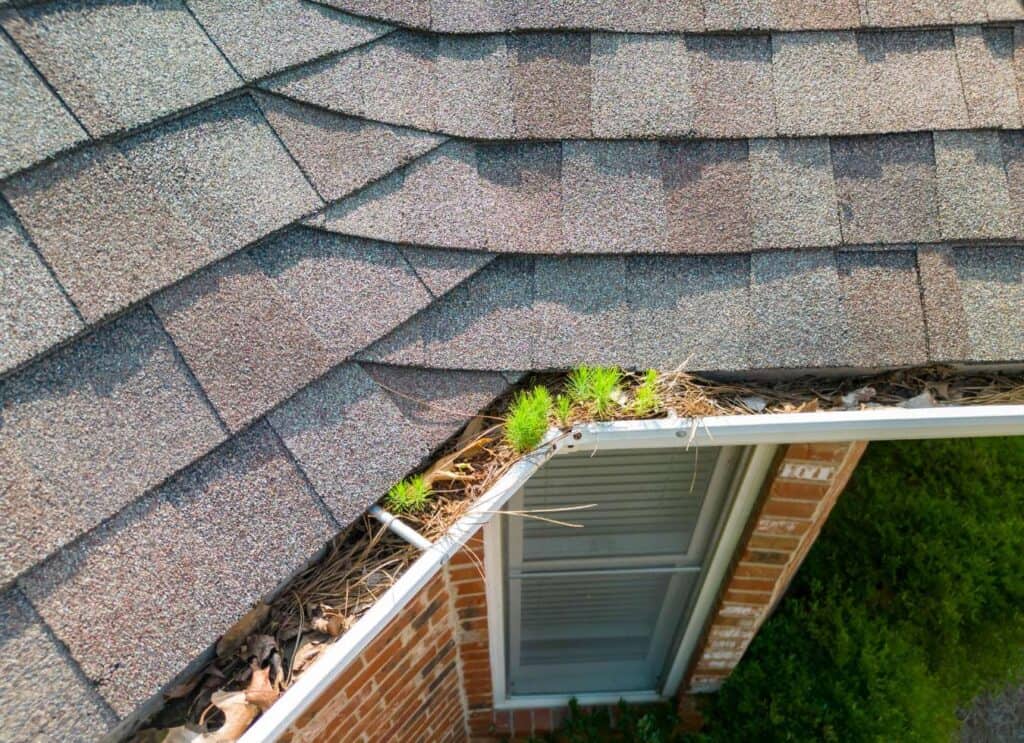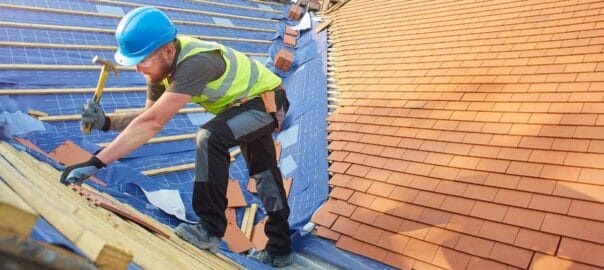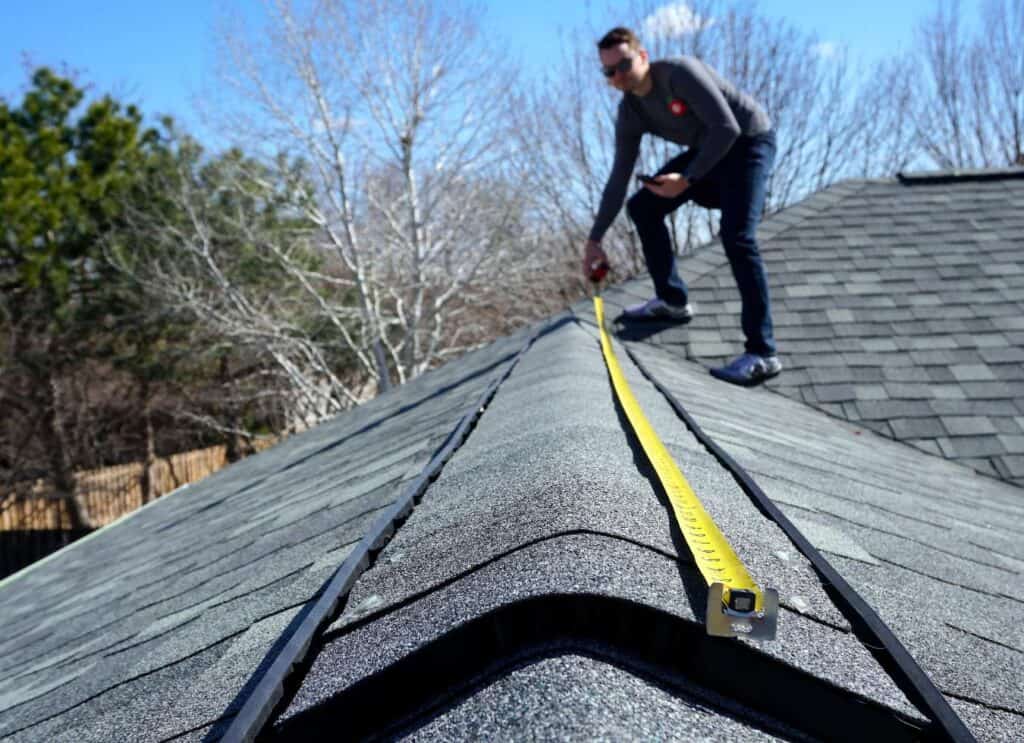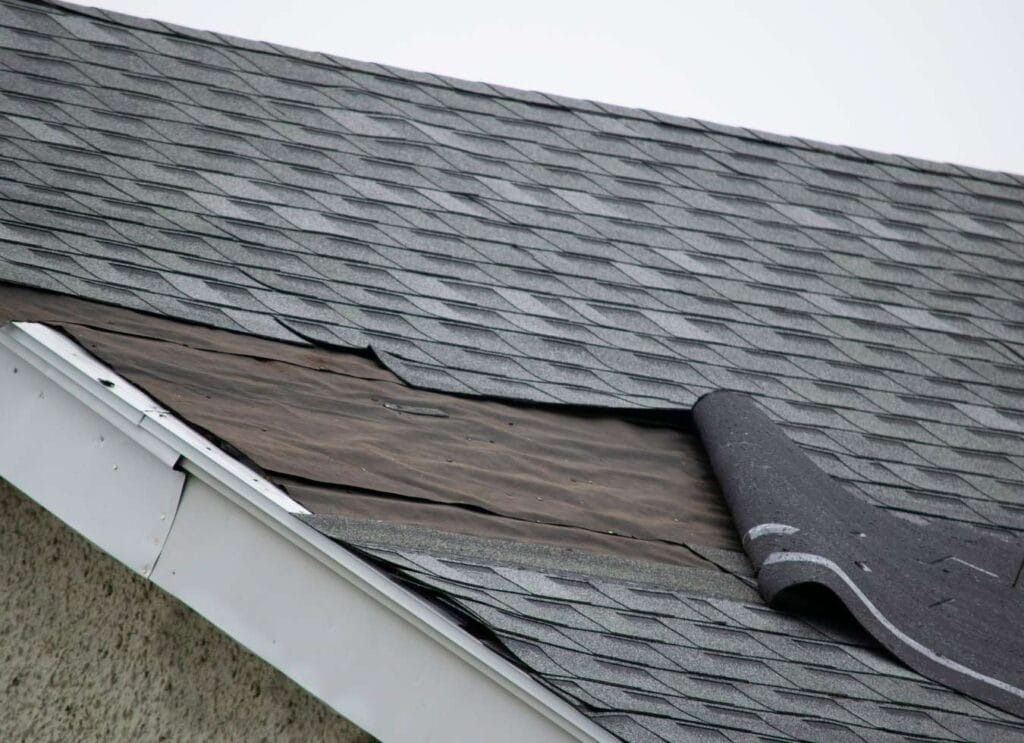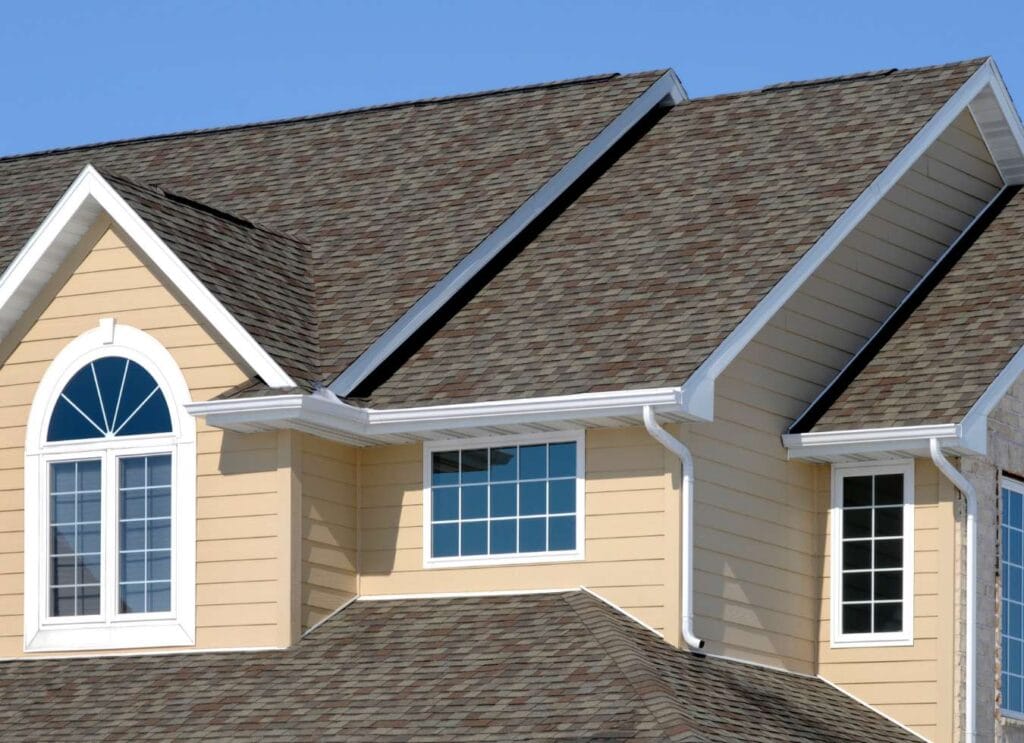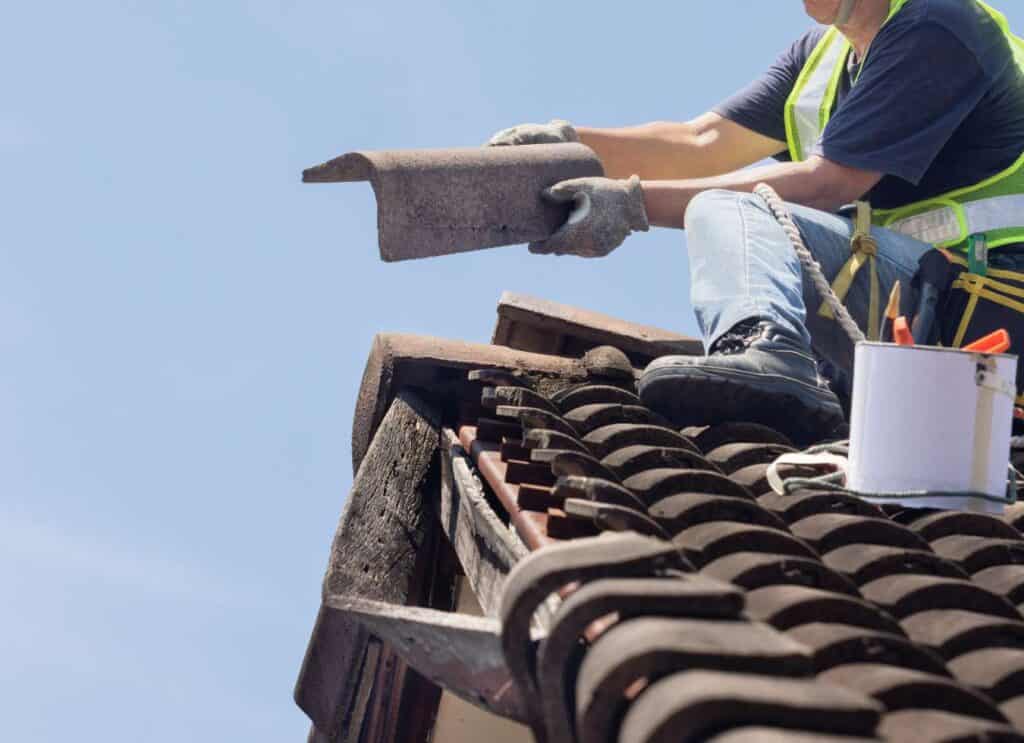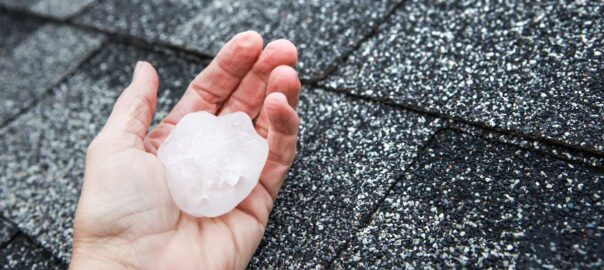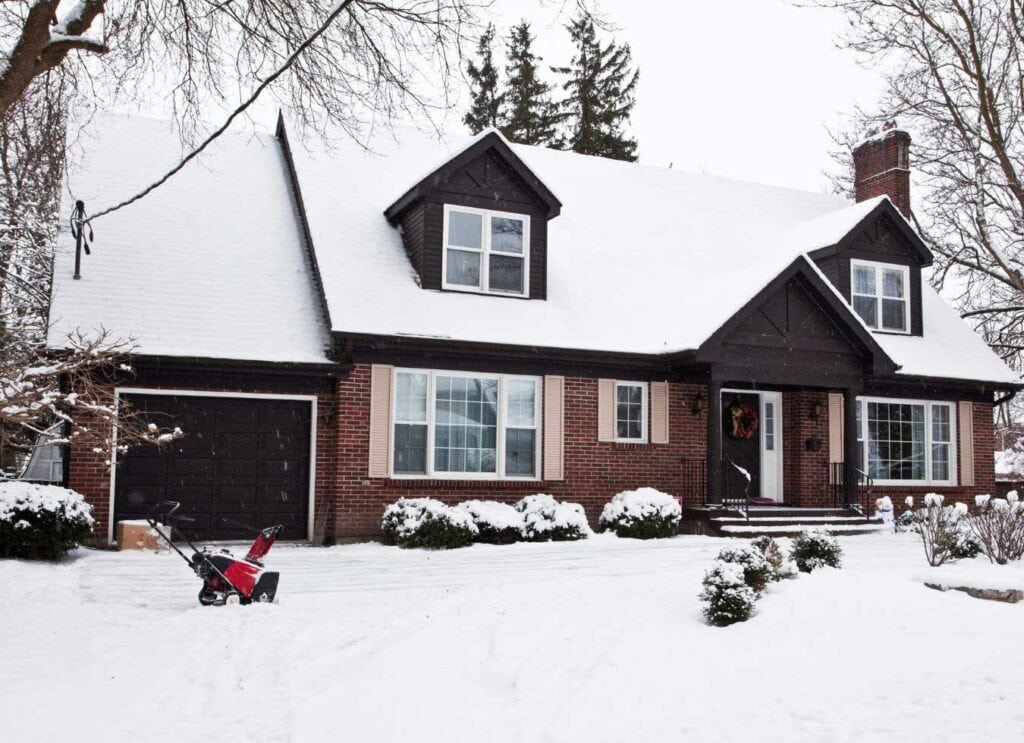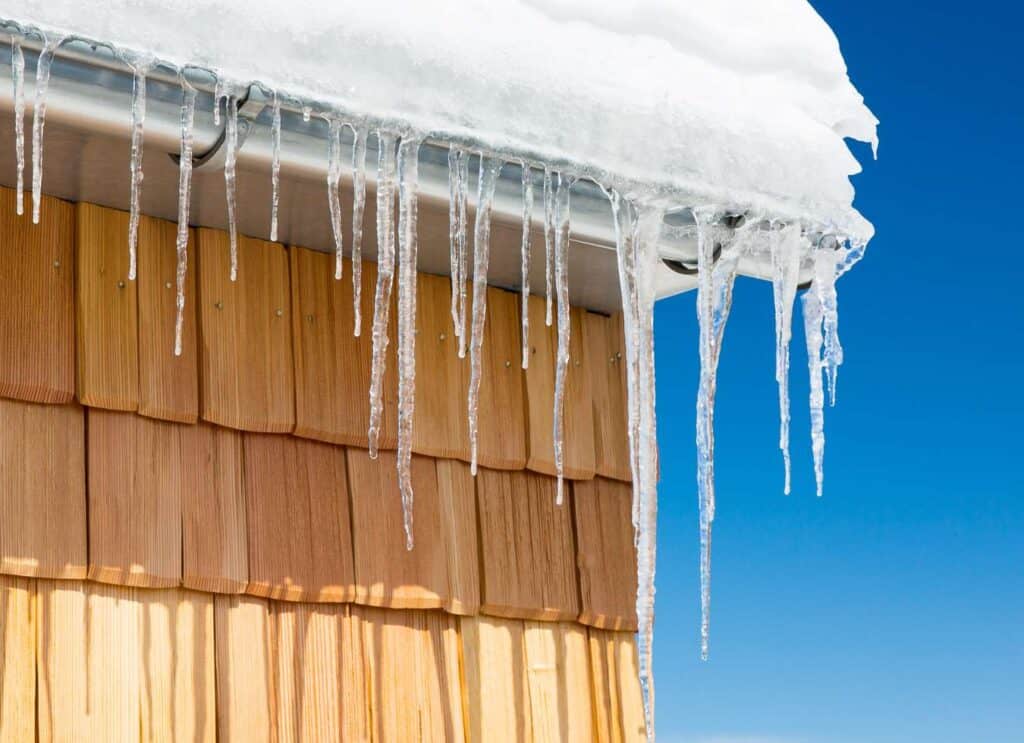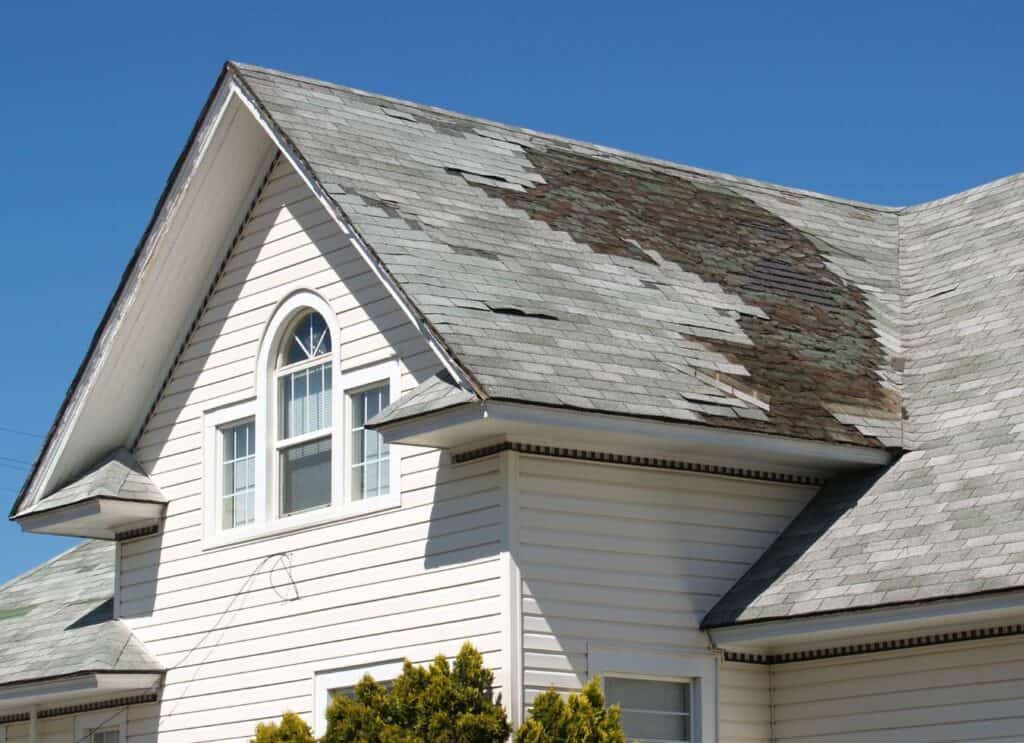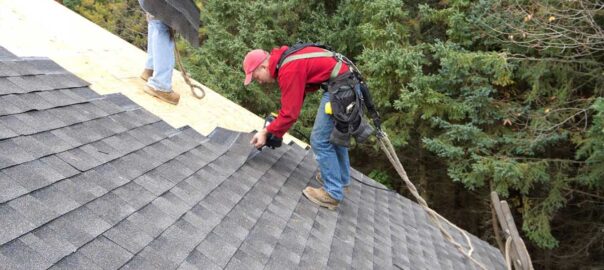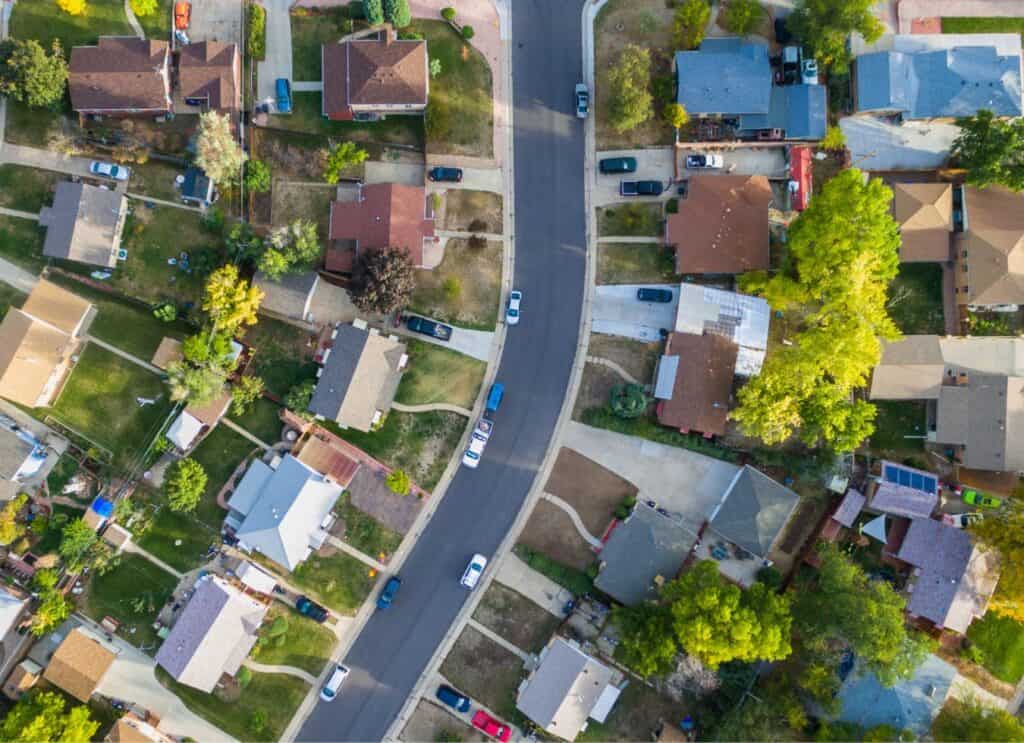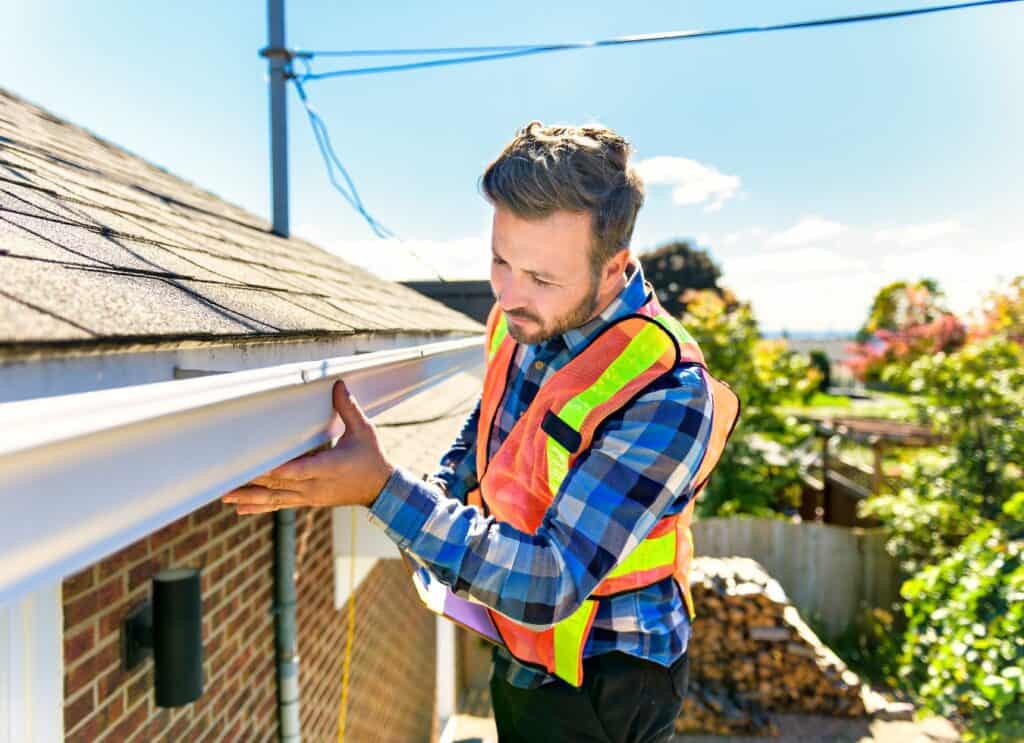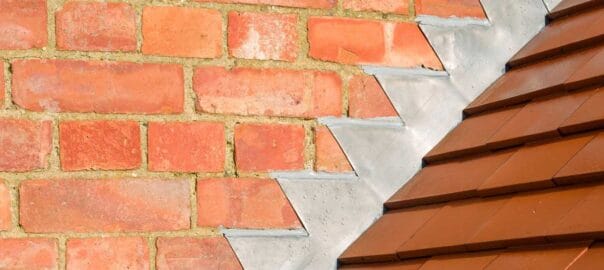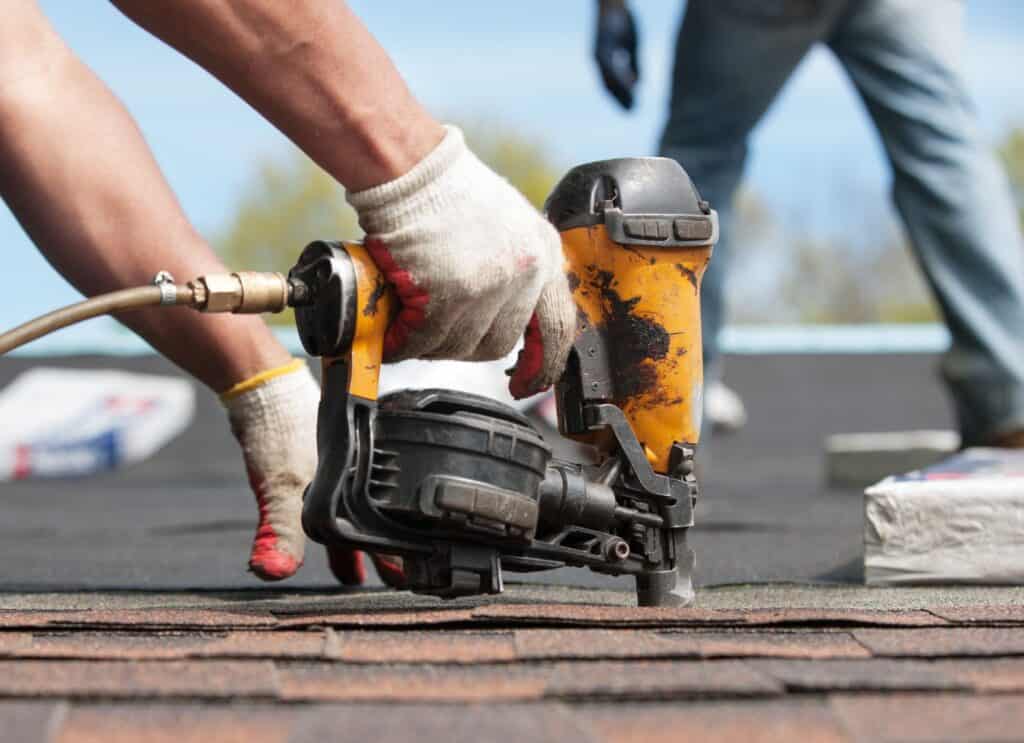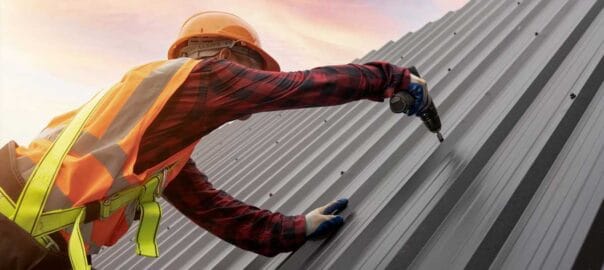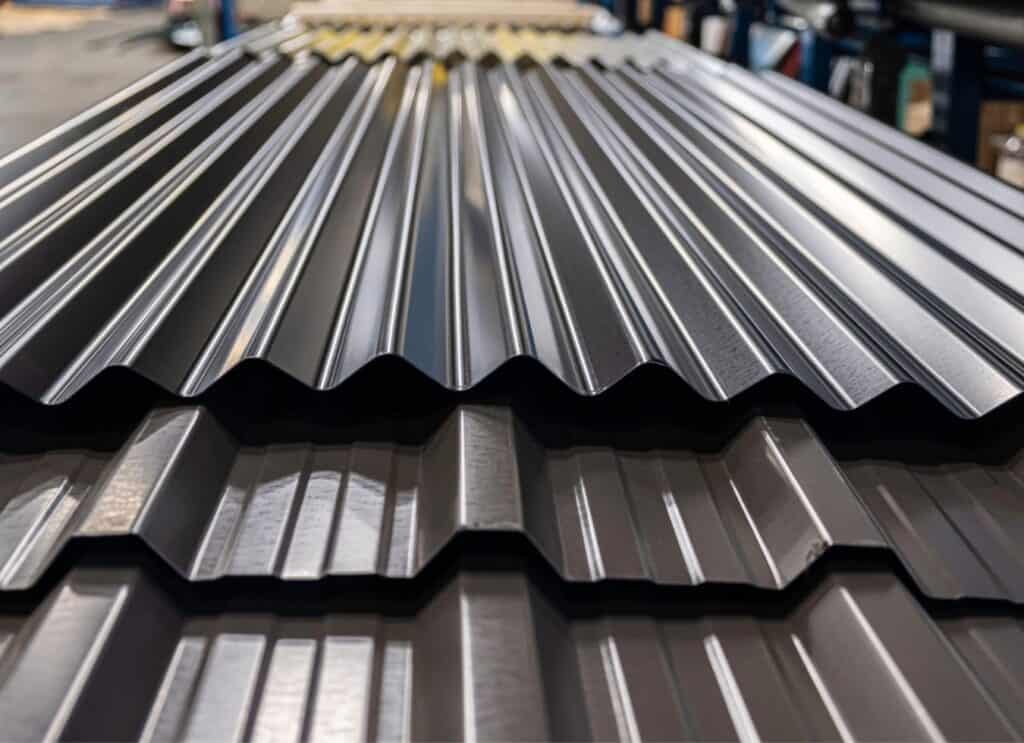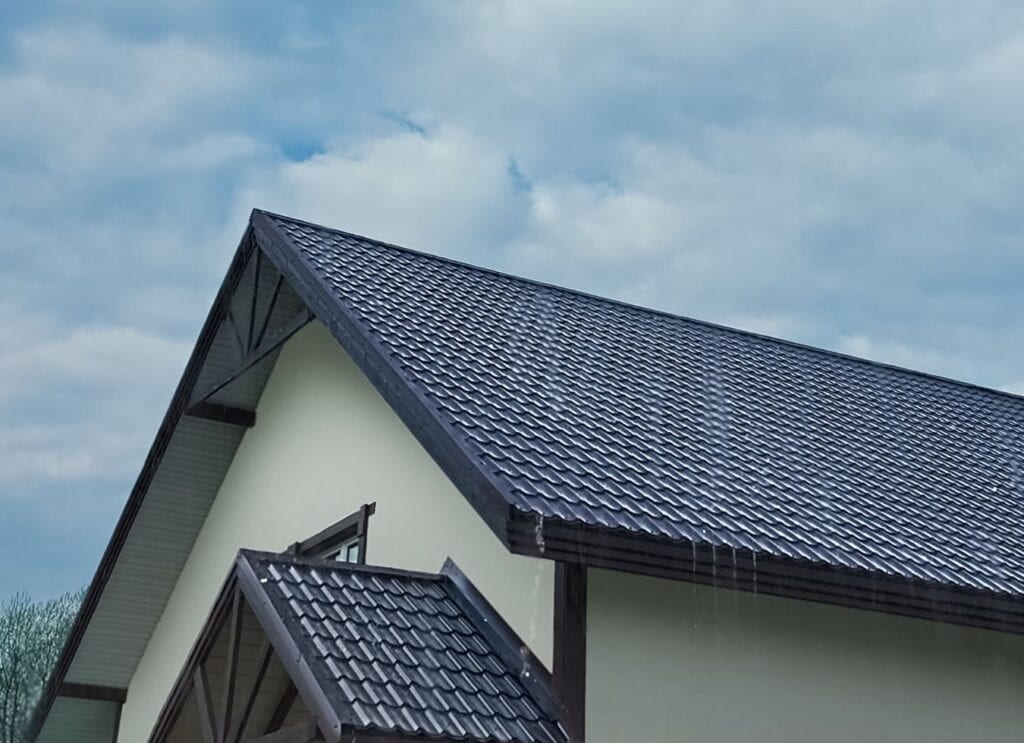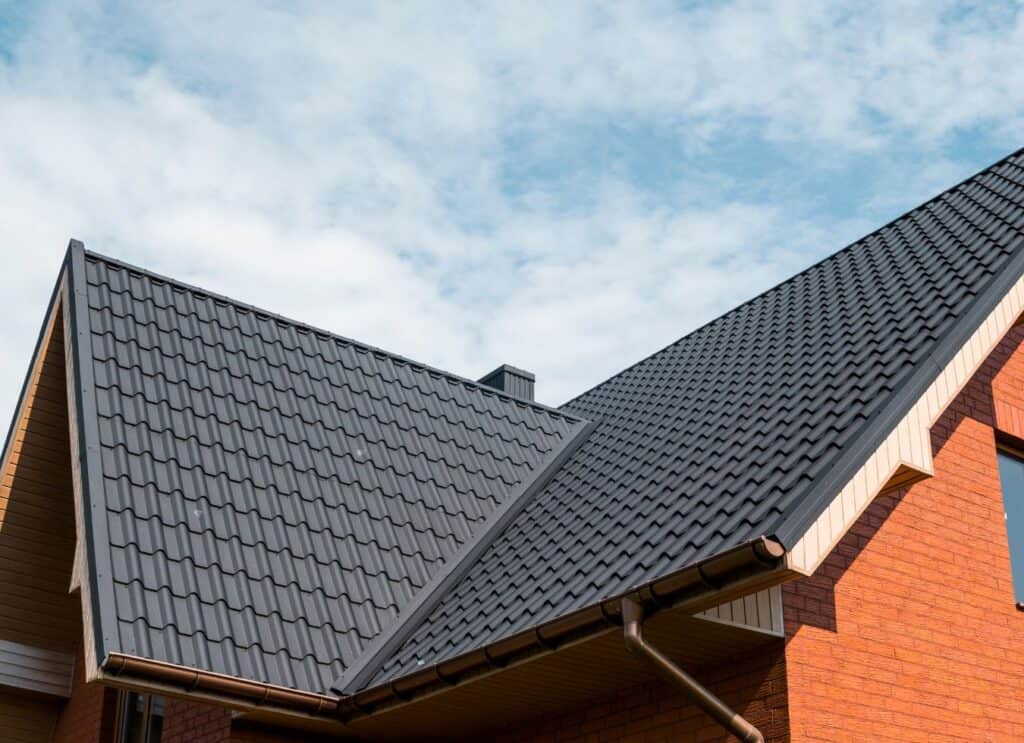Let’s be honest: finding a good siding installer in Colorado is more complicated than getting tickets to a sold-out Taylor Swift concert or trying to pick a favorite Game of Thrones character (we know, we know, it’s tough, but we had to bring it up).
Whether you’re looking to replace old, worn-out siding or add a fresh, new look to your home, the search for a reliable, skilled siding contractor can sometimes feel like navigating through a maze with no exit. But don’t throw in the towel yet—we’ve got the answers!
Here at Denny’s Roofing, we know the struggle of finding the right professionals for the job. After all, when it comes to your home’s exterior, you want a siding installation that looks great and matches the crazy Colorado weather. But let’s talk about why it’s so tough to find a good siding installer and, more importantly, how to find the best one for your needs. Grab a seat because this is about to get real.
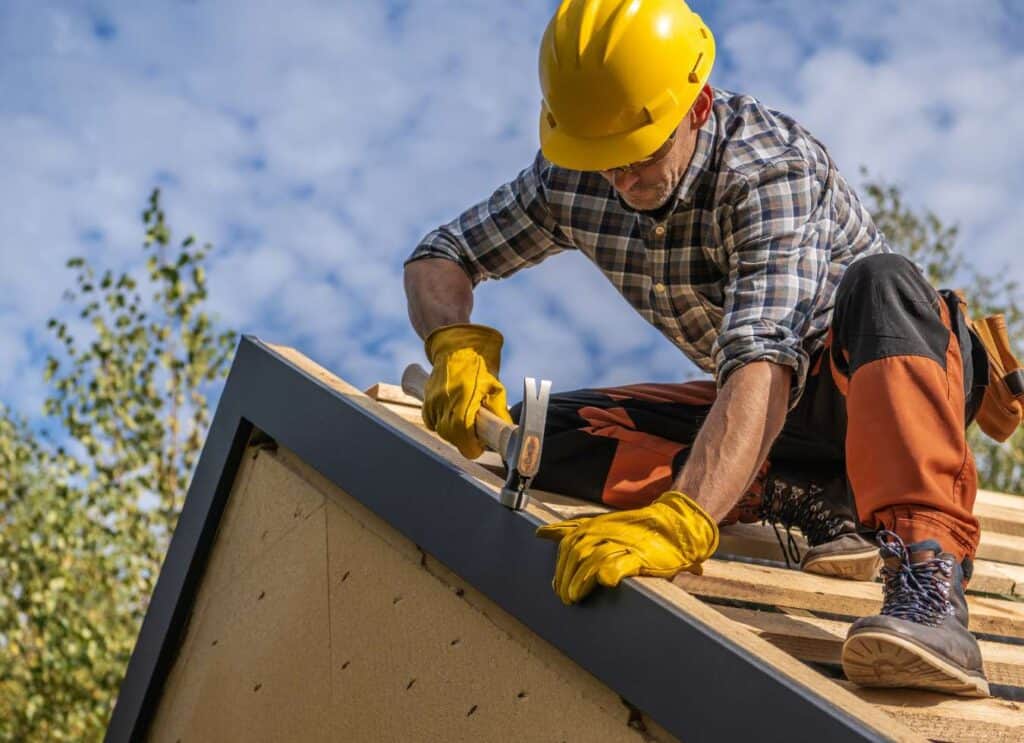
The Challenge: Siding Installation Isn’t Just About Slapping on Panels
At first glance, it may seem like siding installation slaps up some panels and calls it a day. But here’s the deal—siding installation is a craft. It involves precision, skill, and a deep understanding of materials, local building codes, weatherproofing, and aesthetics. Not to mention, Colorado’s weather throws curveballs like hailstorms, intense sun, and snow that can challenge even the sturdiest siding materials.
Because siding isn’t a “one size fits all” thing, an excellent siding installer needs to do the following:
Understand different materials (vinyl, wood, fiber cement, metal, etc.) and how they perform in Colorado’s climate.
- Be skilled in flashing and caulking, crucial to preventing water damage.
- You must be able to measure and cut precisely to ensure that the siding fits your home correctly and prevents gaps that let in moisture.
- Work with your budget while still providing quality service.
- Offer a warranty that gives you peace of mind.
Unfortunately, not every contractor has the skills or dedication to do it right, which leads to our first reason why finding a good siding installer in Colorado can feel like searching for a unicorn.
1. Too Many “Jack-of-All-Trades” Contractors
The sad reality is that some contractors treat siding as another service to offer alongside roofing, plumbing, or electrical work. You might find a “handyman” who promises to install your siding for a bargain. Still, these “Jack-of-all-trades” often don’t specialize in siding, and here’s the problem: Siding isn’t something you want to trust to someone who does everything; you need a specialist for siding services.
Why? Well, siding requires specialized knowledge. Each material has its installation techniques, and the right tools are essential for a flawless finish. If your contractor isn’t a pro at siding, they may cut corners that could cost you in the long run. For example, poor siding installation can lead to moisture damage, mold growth, or even a sagging exterior that looks more like a “DIY disaster” than “curb appeal.”
2. Colorado’s Weather: The Ultimate Test for Siding Installers
When it comes to siding replacement, choosing the right materials is crucial. Colorado weather is a wild card. You can experience all four seasons in a single day, and we’re not even exaggerating. From intense hailstorms to blistering hot summers, extreme cold, and even the occasional snowpocalypse, Denver can damage your siding, making repairs essential. Your siding has to hold up to it all. And guess what? Not all siding materials are created equal when it comes to weatherproofing.
Here’s where things get tricky: finding a contractor who understands how siding materials behave in the local climate is crucial. Vinyl siding, for example, can become brittle in the cold and warp in the heat, while fiber cement siding is more durable but can be harder to install correctly without proper knowledge. It also does not stand up well to hail. Using Vinyl siding can become a nightmare when you have to redo it multiple times because of the hail we get here on the Front Range.
A contractor who doesn’t specialize in Colorado’s unique challenges may not be able to recommend the best materials for your home. They might also use subpar products or fail to install them properly, leading to costly siding repairs. Repairs and replacement costs down the road. No one wants to pay for new siding every few years.
3. Pricing and Budget Woes: The Dreaded Lowball Offer
Let’s face it—when you’re looking for a siding installer, everyone loves a good deal. But sometimes, a low price isn’t reasonable when homeowners overlook the importance of quality siding. Have you ever been lured in by a contractor’s too-good-to-be-true offer only to find out they cut corners on materials or artistry?
Here’s the kicker: Some installers, desperate for business, will quote ridiculously low prices to get you in the door. They might even promise you the best Hardie siding at rock-bottom rates. But guess what?
Those lowball prices often come with hidden costs like:
- Cheap materials that won’t stand up to the Colorado climate.
- Inexperienced workers might rush through the job or miss important installation details.
- Lack of warranties—because why offer a warranty on a low-quality install?
- Poor customer service that leaves you with a headache.
Don’t let the “low price” trap fool you. A good siding contractor is upfront about costs and explains precisely what’s included in the estimate. You get what you pay for, so if a deal sounds too good to be true, it probably is. Be sure to choose a contractor who offers honest pricing and clear expectations—and don’t forget to ask about any warranties and guarantees on the work.
4. Lack of Transparency in the Industry
The construction industry can sometimes be a little “foggy” regarding transparency. Whether it’s project timelines, material costs, or even the artistry itself, getting straight answers from some contractors can be challenging.
This lack of transparency often leads to miscommunications, delays, and a general feeling that you’ve been taken for a ride. After all, siding installation is a significant investment; you must feel confident in your chosen contractor.
At Denny’s Roofing, transparency is a top priority. We’ll walk you through every step of the process and provide you with a precise, itemized estimate. You’ll always know what you’re getting—no surprise costs, no “mystery fees,” just excellent service and a flawless finish.
5. Siding Installers Who Don’t Show Up (Or Finish the Job)
You’ve heard the horror stories. The siding contractor who doesn’t show up on time, disappears halfway through the job, or leaves you waiting weeks for your home’s exterior to be completed. As frustrating as that is, it happens all too often. A lack of professionalism and reliability can make the whole siding installation experience feel like a nightmare.
But there’s good news: there are great siding contractors out there who take pride in their work and show up when they say they will. At Denny’s Roofing, we pride ourselves on providing timely, efficient service. We’ll respect your time, keep you in the loop, and ensure that your siding is installed correctly, on schedule, and with zero headaches.
6. How to Find the Right Siding Installer in Colorado
So, now that you know why finding a good siding installer can be tricky, let’s talk about how to find the right siding contractor. Find one. Here’s a short checklist to help you weed out the bad apples:
- Look for Experience in Colorado Siding Services: Find a contractor specializing in siding installation. Ask about their experience with different materials and their knowledge of Colorado weather conditions.
- Get Referrals and Read Reviews: Ask friends, neighbors, or family for recommendations. Check online reviews and look at photos of past projects.
- Ask the Right Questions About Your Siding Repair Needs: Don’t be afraid to ask about warranties, material options, installation timelines, and what’s included in the price.
- Get Multiple Quotes: Always get at least three estimates and compare them. This will give you a better idea of what’s reasonable and help you spot any red flags when hiring the right siding contractor.
- Check for Licensing and Insurance: A reliable contractor should have proper licensing and insurance. Don’t take chances with your home!
- Trust Your Gut: If something doesn’t feel right, walk away. The best contractors will make you feel comfortable and confident in their work.

Other Popular Questions Related to Type of Siding and Siding Options
Q: How can I find the best siding contractor in Denver for my Colorado home?
A: To find the best siding contractor in Denver, research local siding contractors and read reviews. Websites like Angi can help you get matched with top siding professionals in your area. Ensure that the contractor is licensed and insured, and ask for references to verify their craftsmanship.
Q: What should I consider when choosing a siding contractor?
A: When choosing a siding contractor, consider their experience, reputation, and the quality of the siding products they offer. Selecting an insured contractor with a proven track record of successful siding work is essential. Ask about their experience with different siding options, such as James Hardie Elite, to ensure they meet your needs.
Q: What are the benefits of hiring a local siding contractor in Denver?
A: Hiring a local siding contractor in Denver ensures they know the regional climate and building codes. Local contractors often have established relationships with suppliers, which can lead to better pricing on siding products. Additionally, they are more likely to provide personalized service and be readily available for follow-up or repair work.
Q: How do I know if a siding contractor is licensed and insured?
A: Before hiring a contractor, ask to see their license and proof of insurance. Most reputable siding companies will have no problem providing this information. You can also verify their license status through the Colorado Department of Regulatory Agencies.
Q: What types of siding options are included for Colorado homes?
A: Siding options for Colorado homes include vinyl, wood, fiber cement, and metal siding. Each type has its benefits; fiber cement siding is known for its durability and resistance to harsh weather conditions, making it a popular choice in areas like Colorado Springs.
Q: How much does siding replacement typically cost per square foot?
A: The cost of siding replacement can vary depending on the type of siding and the contractor you choose. Siding replacement costs range from $5 to $12 per square foot. It’s best to get multiple quotes from contractors in your area to compare siding costs and services.
Q: What questions should I ask a siding contractor before hiring them?
A: Before hiring a siding contractor, ask about their experience, the types of siding they specialize in, and their warranty policy. Inquire about their timeline for completing the project and their approach to handling unexpected issues. It’s also wise to ask for references and examples of past work.
Q: How can I ensure I’m making the right decision when choosing a siding contractor?
A: To ensure you’re making the right decision, thoroughly research potential contractors, check their references, and review their past work. Compare siding options and prices, and don’t hesitate to ask questions to clarify any doubts. A certified contractor with a good reputation will provide transparent communication and quality service.
Q: Are there any specific siding solutions recommended for Colorado’s climate?
A: For Colorado’s climate, fiber cement siding, such as James Hardie Elite, is highly recommended due to its durability and resistance to extreme weather conditions. Vinyl siding is also popular for its affordability and low maintenance. Consult with your contractor to choose the best siding solution for your home.
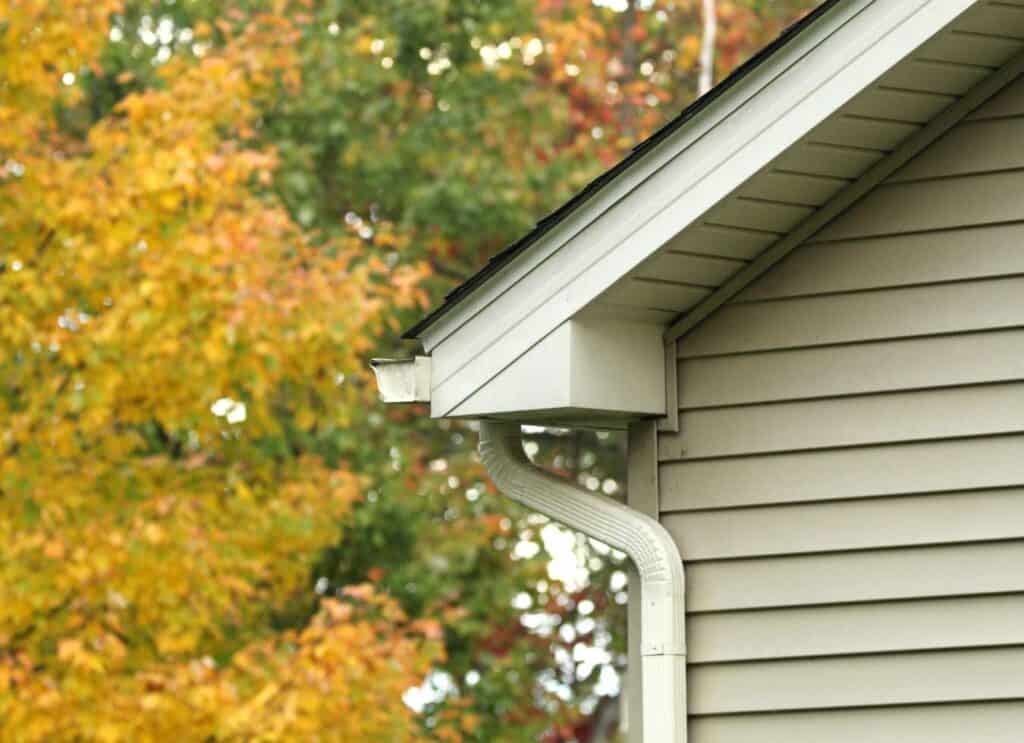
Final Thoughts: Don’t Settle for Less When It Comes to Siding
Finding a good siding installer in Colorado doesn’t have to be a never-ending search. By focusing on experience, quality, and transparency, you can find a contractor who’ll give your home the siding it deserves—without any stress.
At Denny’s Roofing, we’re here to help you make the best decision for your home. Whether you’re replacing old siding or adding new James Hardie siding, we’ve got the skills, experience, and local knowledge to get the job done right. Contact us today to learn more about how we can help with your next siding project in Colorado!
Looking for a reliable siding installer in Colorado?
Call Denny’s Roofing for a professional, worry-free experience today!

